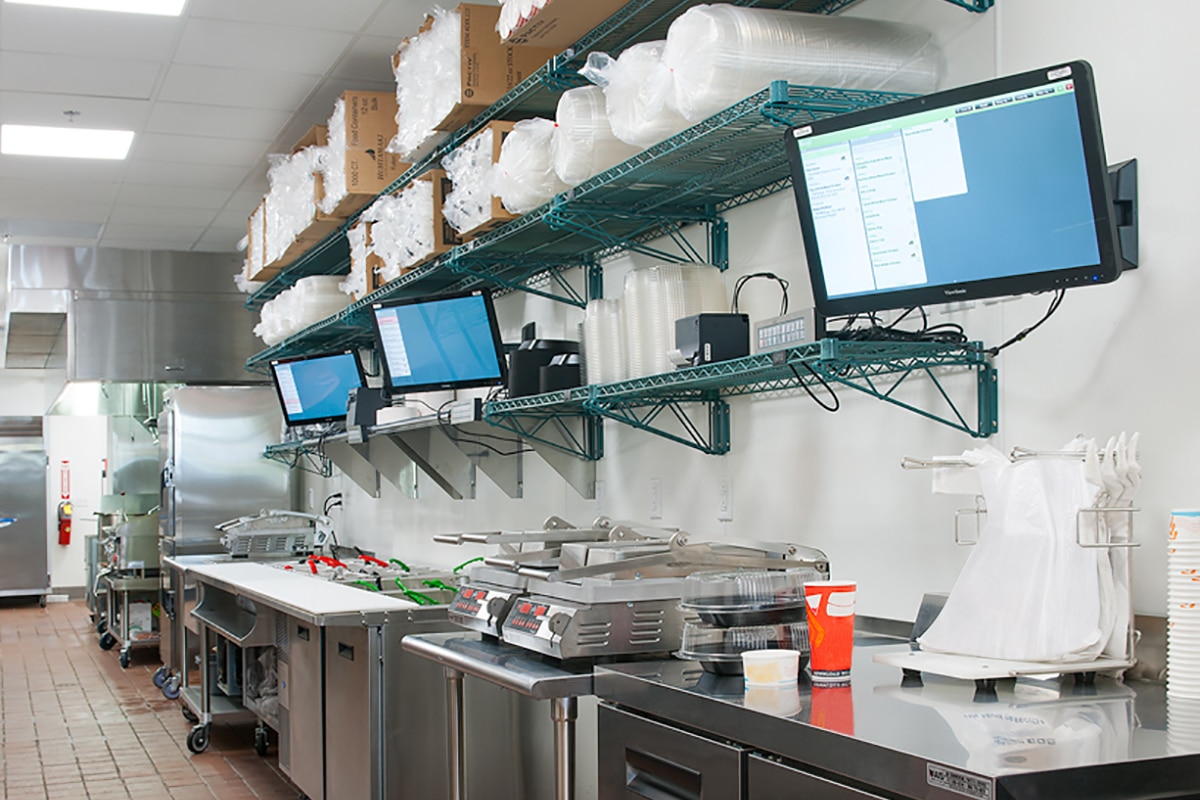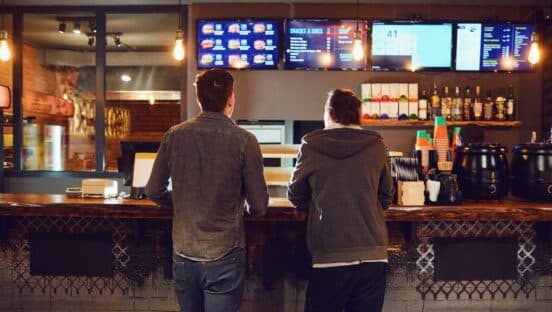Since the beginning of the COVID-19 pandemic, quick-service restaurants have had to grapple with the rise of drive thru and delivery, as well as closures and health and safety guidelines. Now, amid financial pressures and slower-than-anticipated reopening timelines, they are also forced to weigh whether traditional storefronts are feasible. As a result, a new option for both emerging and existing brands has surfaced: ghost kitchens.
In the ghost kitchen model, restaurants forgo dining rooms in favor of kitchen-only locations. They exclusively produce takeout and delivery orders in order to save on real estate costs and help staff keep up with growing demand for off-premises dining. While some restaurant chains operated ghost kitchens prior to the pandemic, this strategy is now growing in popularity due to restaurant closures and limits on dining capacity.
“COVID has accelerated consumers’ comfort with online ordering to where it has become so popular that many restaurants are struggling to keep up with digital orders,” says Chris Lybeer, chief strategy officer at Revel. “A ghost kitchen is a natural evolution that extends the reach of the brand through new kitchen-only locations or through the use of excess kitchen capacity to focus exclusively on takeout and delivery orders. In both cases, restaurants see more efficient operations and lower real estate costs over operating new locations that feature dining rooms.”
Though ghost kitchens are on the rise due to the pandemic, Lybeer says he thinks they will continue to see increased popularity after the health crisis ends.
“Americans like convenience,” Lybeer says. “They are addicted to Amazon, because they like getting items delivered to them. For that reason, even after the pandemic, ghost kitchens will grow to make up 5–15 percent of the industry.”
However, ghost kitchens do also present challenges, such as branding, which is difficult when restaurants have little control over their listings on third-party aggregators. Also, segmenting orders for each part of a shared kitchen setup can be challenging with aggregators and legacy point-of-sale software.
Yet these difficulties are easily fixable, Lybeer says. By implementing cloud-based technology built specifically for restaurants, such as Revel’s native cloud solutions, restaurants can regain control of their branding and their operations no matter what kind of ghost kitchen setup they use.
Cloud solutions offer restaurants the tools they need to manage their own online ordering platforms, allowing restaurants to stop relying on third-party delivery companies and simplify the channels through which orders are placed.
“Revel allows restaurants to manage their own online ordering platforms so that they can stop replying exclusively on aggregators and regain control over their branding and their customers’ data, which can be used for marketing,” Lybeer says. “Additionally, whereas a lot of legacy point-of-sale systems have had to add-on modules for online ordering, it’s native to Revel. This means that the system is seamless, so orders remain organized and restaurants don’t have to access several devices or pieces of software to see all incoming orders.”
While ghost kitchens can help restaurants extend their brands and simplify operations, ghost kitchens are only as effective as the technology they use.
“The more vendors there are involved in a transaction, the more points of failure are introduced to the system,” Lybeer says. “By using Revel, restaurants can streamline everything they need for their ghost kitchens into a single ecosystem, enabling them to simplify operations and keep customers happy at the same time.”
To learn more about how Revel can support ghost kitchens, visit the Revel website.
By Peggy Carouthers













